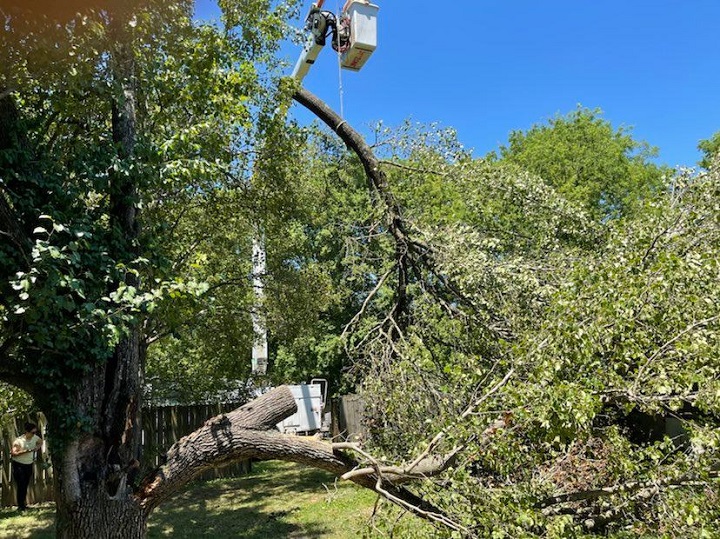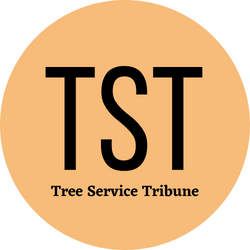OSHA Record Keeping Requirements for Tree Services
by siteadmin

If your business provides tree service services, OSHA record keeping regulations may apply. These rules help employers recognize workplace hazards and take measures to remedy them by keeping records of work-related injuries and illnesses.
Falls and being struck by falling branches are among the most dangerous risks faced by workers engaged in tree care. When conducting inspections of employers' operations, CSHOs must assess whether they meet standards for vehicle-mounted elevating/rotating work platforms as well as hand and portable powered tools.
Occupational Safety and Health Administration (OSHA)
The Occupational Safety and Health Administration (OSHA) requires tree service businesses to keep comprehensive records of all work-related injuries and illnesses. This data helps evaluate workplace safety, identify industry hazards, and implement worker protections to reduce or eliminate them – thus avoiding future incidents of work-related injury or illness.
OSHA requires employers to document work-related tuberculosis infection cases on the OSHA 300 Log. This requirement applies to any employee diagnosed with active tuberculosis, as evidenced by a positive TB skin test or other health care professional's diagnosis of a respiratory condition.
OSHA requires certain establishments covered by the OSHA Recordkeeping Standard to electronically transmit some injury and illness data directly to OSHA via the Injury Tracking Application (ITA). Companies in high-risk industries must submit their 300A summary of work-related injuries and illnesses in electronic format once annually for the previous calendar year's data. For further details, consult OSHA's regulations at 29 CFR 1904.
OSHA Form 300
OSHA requires employers subject to recordkeeping regulations to maintain a Log of Work-Related Injuries and Illnesses (Form 300). This log serves to categorize, document the extent, and prioritize each work-related injury or illness.
Employers must fill out and maintain a Form 301 Incident Report for each recordable injury or illness that occurred. This report contains more detailed information regarding the incident.
The Log is an invaluable tool that enables you to assess the health and safety of your employees, refine safety programs, and identify and address hazards that impact workers.
From February 1 to April 30 every year, you must post The Log at each of your establishments. This should be in an area where employees typically work and accessible to all workers–including day laborers.
OSHA Form 301
OSHA Form 301 is the mandatory incident report that employers must fill out for all work-related injuries and illnesses. It includes details about the nature, date, location of injury or illness, employee involved, what occurred prior to and after the incident, as well as which physician or healthcare professional attended to the injured worker.
Employers must document this information on Form 301 within seven calendar days after discovering a recordable incident has taken place. They may opt to fill out another similar form (like a state workers' compensation or insurance provider report) with the same exact data, however.
OSHA has a well-defined decision tree that employers can use to decide whether they must record an incident. There are special recording criteria for work-related cases involving needlesticks or sharps injuries, medical removals, hearing loss and tuberculosis.
OSHA and Safety
Tree services (tree trimming and pruning, removal, and maintenance) is an industry that encompasses a wide range of tasks. Employers must be aware of all OSHA standards that pertain to their employees' work and adhere to them in order to guarantee a secure workspace for them.
The Occupational Safety and Health Administration is currently considering issuing a standard to address hazards in tree care operations, including hazard prevention measures, worker protection equipment, and employee training. In July OSHA held an industry stakeholders meeting to gather data on tree care hazards and what would be included in a new standard.
CSHOs have noted that tree trimming and removal operations can lead to electrocution, especially when workers, tools, or equipment come into contact with overhead electrical power lines or underground utility lines. Therefore, CSHOs must assess whether the employer maintains safe distances between workers and energized power lines as well as using appropriate tools and equipment for line-clearance tree trimming.
https://murfreesborotntreeservice.com/
If your business provides tree service services, OSHA record keeping regulations may apply. These rules help employers recognize workplace hazards and take measures to remedy them by keeping records of work-related injuries and illnesses. Falls and being struck by falling branches are among the most dangerous risks faced by workers engaged in tree care. When…
Recent Posts
- Affordable Fencing Solutions: Fence Company Rochester NY Offers Insight on the Cheapest Fence Installations in Rochester, NY
- Affordable Fencing Solutions: Fence Company Rochester NY Offers Insight on the Cheapest Fence Installations in Rochester, NY
- Expert Roofers Columbus Shares Insights on the Roofing Installation Process in Columbus, GA
- Mastering Tree Removal: A Comprehensive Guide for Tree Care in Fairfax
- Mastering Tree Removal: A Comprehensive Guide for Tree Care in Fairfax
